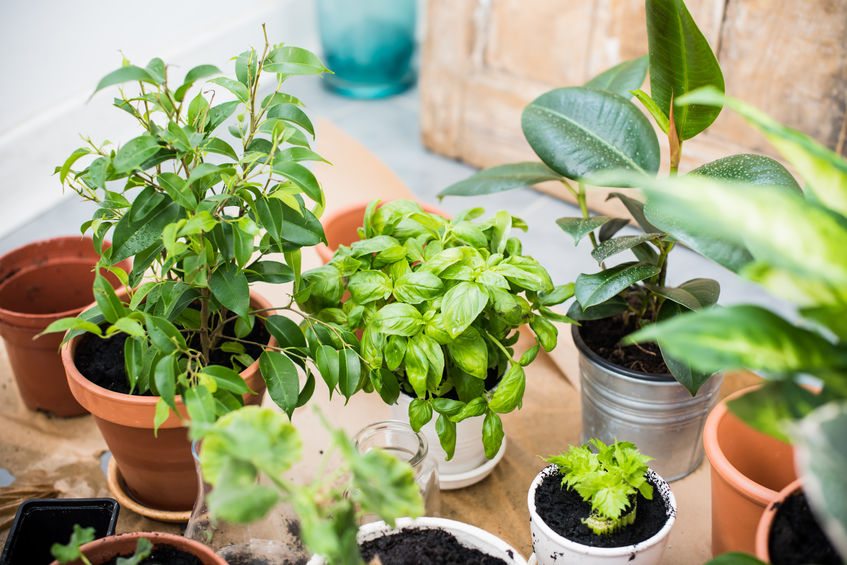For centuries, indoor gardens have been used to add color and life to homes of all kinds. It’s not just looks that describe the benefits of planting an indoor garden. Caring for an indoor garden is also a great way to deal with stress. It doesn’t matter if you’re just starting out or have been gardening for years, following a few basic tips will help you get a greener thumb.
Some might think that because they haven’t had success in the past with plants that they don’t have the “green thumb” their parents had. Better Homes and Gardens, all the way back in 1939, had this to say regarding that belief: “Mother’s and grandmother’s plants grew, not because of green thumbs, but because they were treated as living, feeling beings that required the same common-sense care as the canary or any other house pet.”
You really just need some basics to have a thriving garden. Sunlight and water are an obvious must have, but also consider other factors such as nutrients, cleansing and care to deal with the dry environment of your home. After you take care of these basics, then you’ll be on your way to growing a splendid garden.
Let There Be Light
It’s important to place plants in your home according to how much light they need. Plants vary in how much natural light they need. Older homes, especially Victorian era designs, were made in such a way that natural light was plentiful, and as such plants could thrive. So if you live in a Victorian home, then finding enough light won’t be a problem. The challenge of newer homes and apartments is that there are fewer natural light sources, which can make it more of a challenge. But don’t let a little challenge stop you.
Finding windows that face south is the preferable location for most plants. There are more hours of light for your plants to soak up what they need for photosynthesis. If you only have windows that face North, try going with plants that require minimal light, such as a fern, spider plant, or African violet. Pothos don’t need any light to thrive, in case you have very little to no natural light available.
Get With the Program
You also need to make sure you have a good care schedule for your plants. Try to do research on the specific plant and what it needs. You need to make sure you have a schedule to water and feed your plants with plant food or fertilizer. You also need to clean the leaves of larger plants with a damp cloth periodically. Also check for mold or pests as this will indicate if your routine is effective. Make sure to trim or thin out your plants on occasion. Larger plant s may also need to be repotted in larger pots as they grow.
If your schedule doesn’t permit this level of commitment, why not start with plants that don’t require as much attention? Cactus, succulents, or bamboo plants are ideal choices. Succulents are a popular choice as they are easy to care for and offer unique textures and colors.
Of course there’s more to consider when it comes to having a thriving indoor garden. But with planning and patience, you can succeed. Join us on our blog every week for more home improvement tips and Albuquerque area real estate news and advice.
